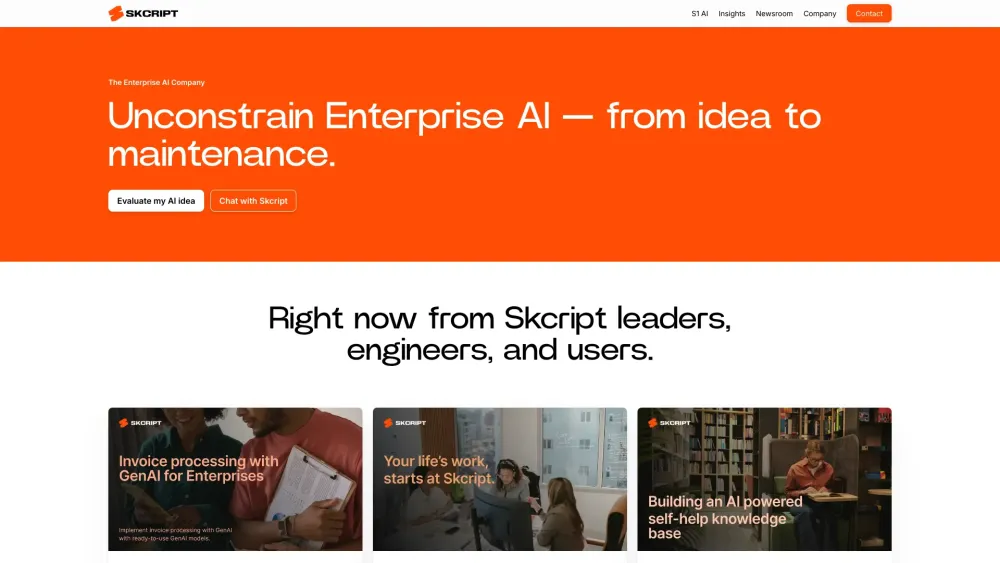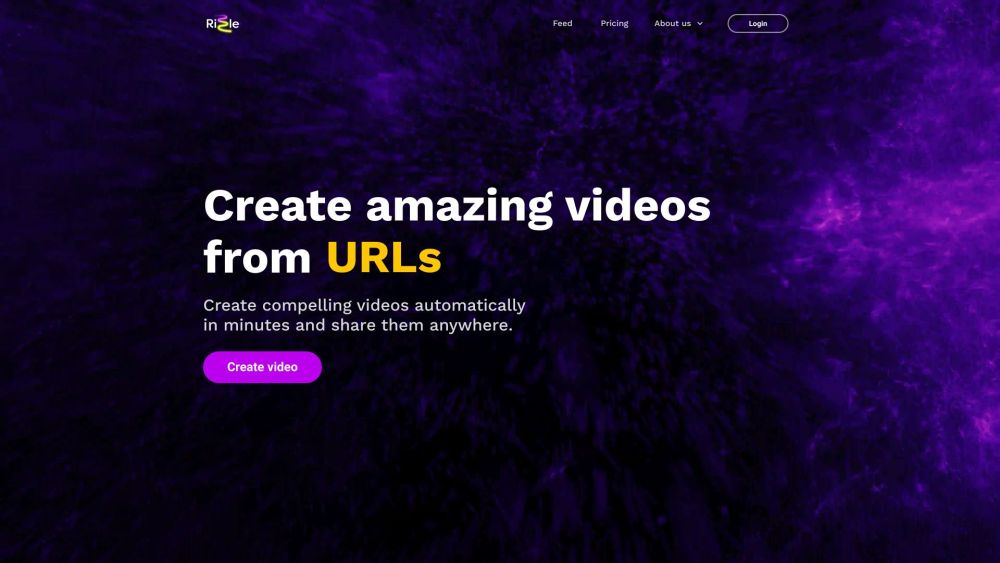The anticipation surrounding the Apple Vision Pro’s launch was palpable in the tech world. However, user responses have been mixed, with many reporting experiences of dizziness, headaches, and an overall uncomfortable sensation while using the device.
Other emerging technologies like the Meta Quest Pro, Ray-Ban Meta smart glasses, and rabbit R1 have received similarly lukewarm reviews, while the Humane AI pin has been criticized for its subpar performance.
Despite these challenges, Deloitte maintains that spatial computing—the seamless integration of physical and digital realities—is not merely a sci-fi fantasy. In a new Dichotomies whitepaper, the firm emphasizes that this technology represents the next evolution of interaction.
“The narrative around headsets has primarily focused on virtual reality as an escape from our current environment,” stated Mike Bechtel, Deloitte’s chief futurist. “However, the perspective is evolving towards enriching rather than rejecting reality—creating digital enhancements over our lived experiences.”
Although we may not be fully there yet, predictions suggest significant advancements could emerge within the next five years.
While Apple popularized the term "spatial computing," it was originally coined by MIT researcher Simon Greenwold in 2003. Deloitte identifies three key components of spatial computing: physical (wearables and sensors), bridging (network infrastructure), and digital (holographs and interactive objects). However, the lukewarm response to the Vision Pro and similar devices indicates that current hardware still struggles to deliver.
Bechtel shared a client interaction where the client remarked, “There is no way I’m going to wear a toaster on my face to the office,” highlighting the challenge of acceptance among different workforce segments. While white-collar workers already enjoy advanced technology like 4K webcams and high-fidelity microphones, the prospect of switching to bulky headsets feels more like a downgrade than an upgrade.
Conversely, traditional blue-collar workers in factory and field settings show interest in spatial computing. Many have relied on laptops and tablets, which can be dangerous in their environments. Bechtel noted, “I have to wear safety glasses anyway, so I'd prefer smart ones over dumb ones.”
To realize the potential of spatial computing, essential infrastructure is required. “The term ‘sensor fusion’ explains how all data must be integrated to create meaningful experiences,” Bechtel elaborated. Key technologies will include lidar, micro-LEDs, advanced motion sensors, and IoT devices, along with GPS and 3D spatial mapping software to enrich our interactions with physical spaces.
Moving forward, we can envision transparent screens that allow us to see through them, rather than just displaying information in a void. Ultimately, the goal is to create a sophisticated network of sensors and software that seamlessly overlays digital information onto our physical environments, making experiences increasingly immersive.
Not only will digital interactions become multi-sensory, but advancements in neurotechnology may introduce a "sixth sense" that allows us to interact with hyper-personalized technologies. We may even gain the ability to “edit” our reality by selectively altering our surroundings.
Digital twins, a concept emerging over the last two decades, will also play a significant role. Originally defined as visual representations of physical entities, true digital twins harness real-time data to create highly accurate, interactive models. This integration allows for unprecedented utility, enabling experimentation and innovation.
However, Bechtel warns of the potential pitfalls accompanying these advancements. Issues such as privacy invasion and the risk of unintentional surveillance raise important ethical considerations. For example, a manager using smart glasses to monitor employee productivity may inadvertently overhear personal conversations, raising concerns about privacy and trust.
While the risks are notable, the benefits of spatial computing are equally compelling. Enhanced accessibility, improved communication, and increased efficiency are just a few potential advantages. “Technology shouldn't be polarizing,” Bechtel concluded. “It can be both a hero and a villain; it’s how we choose to use it that defines its impact.”




